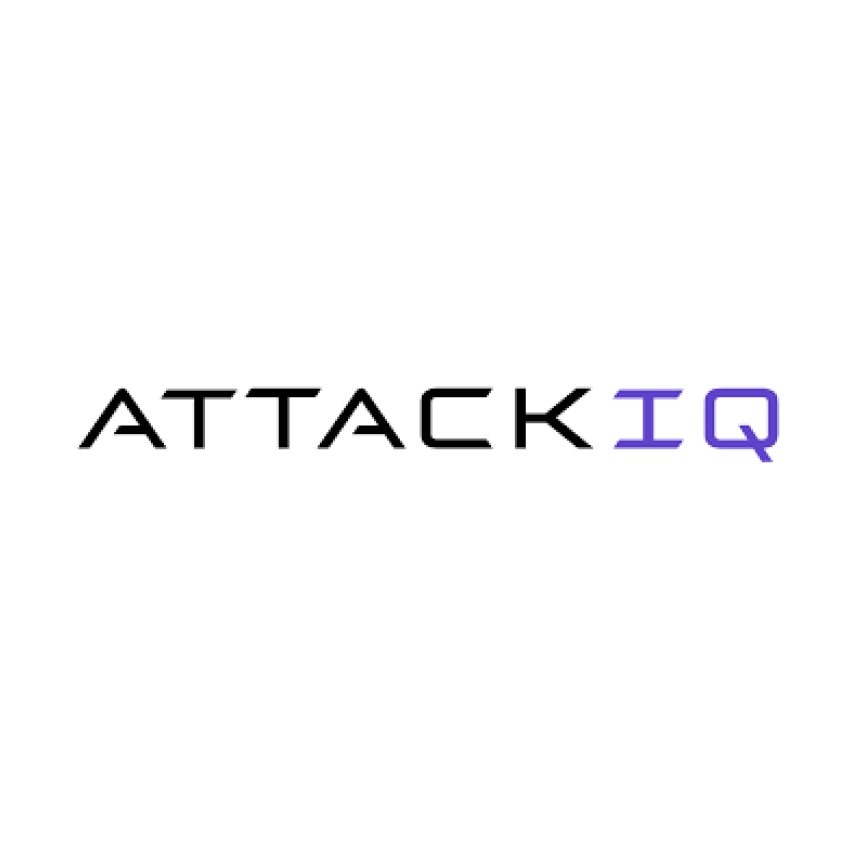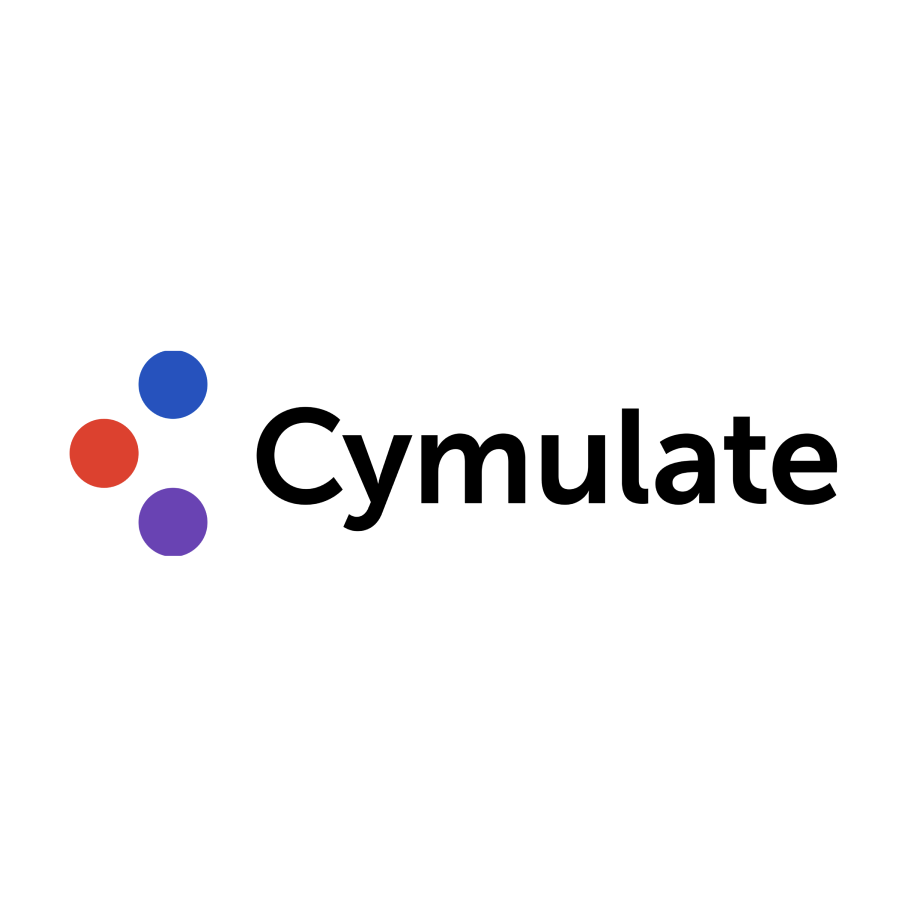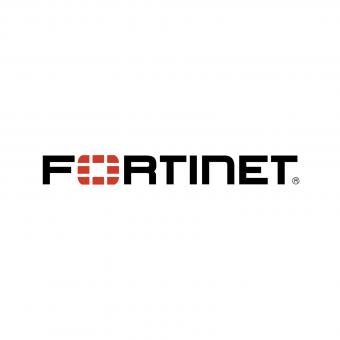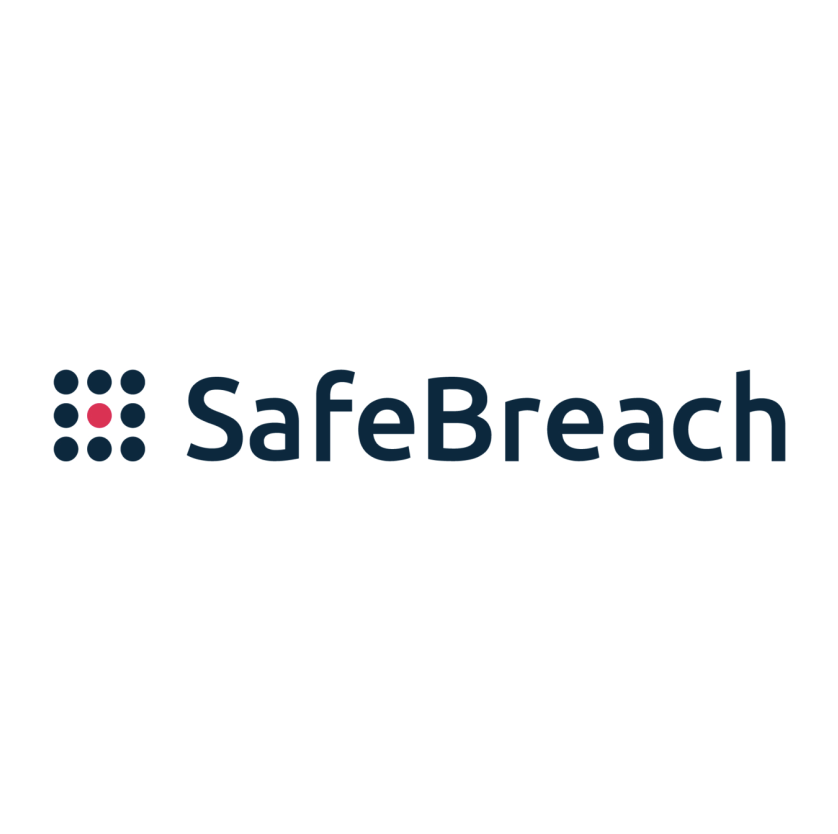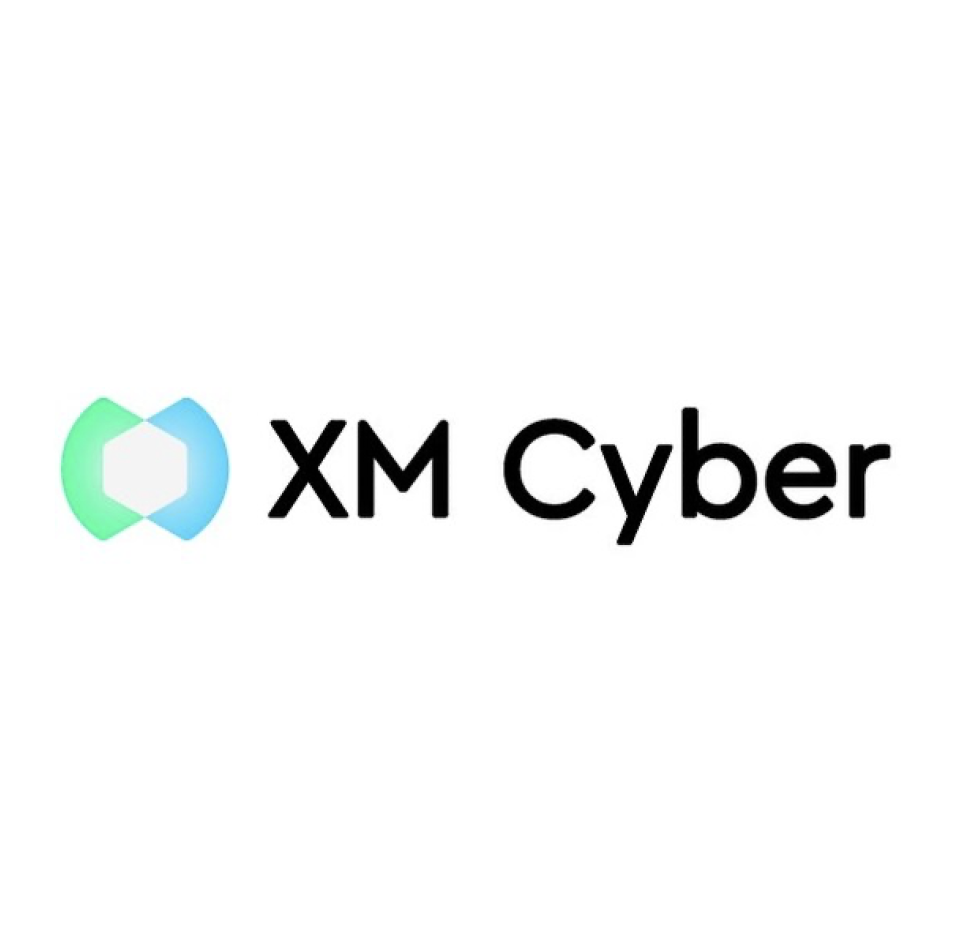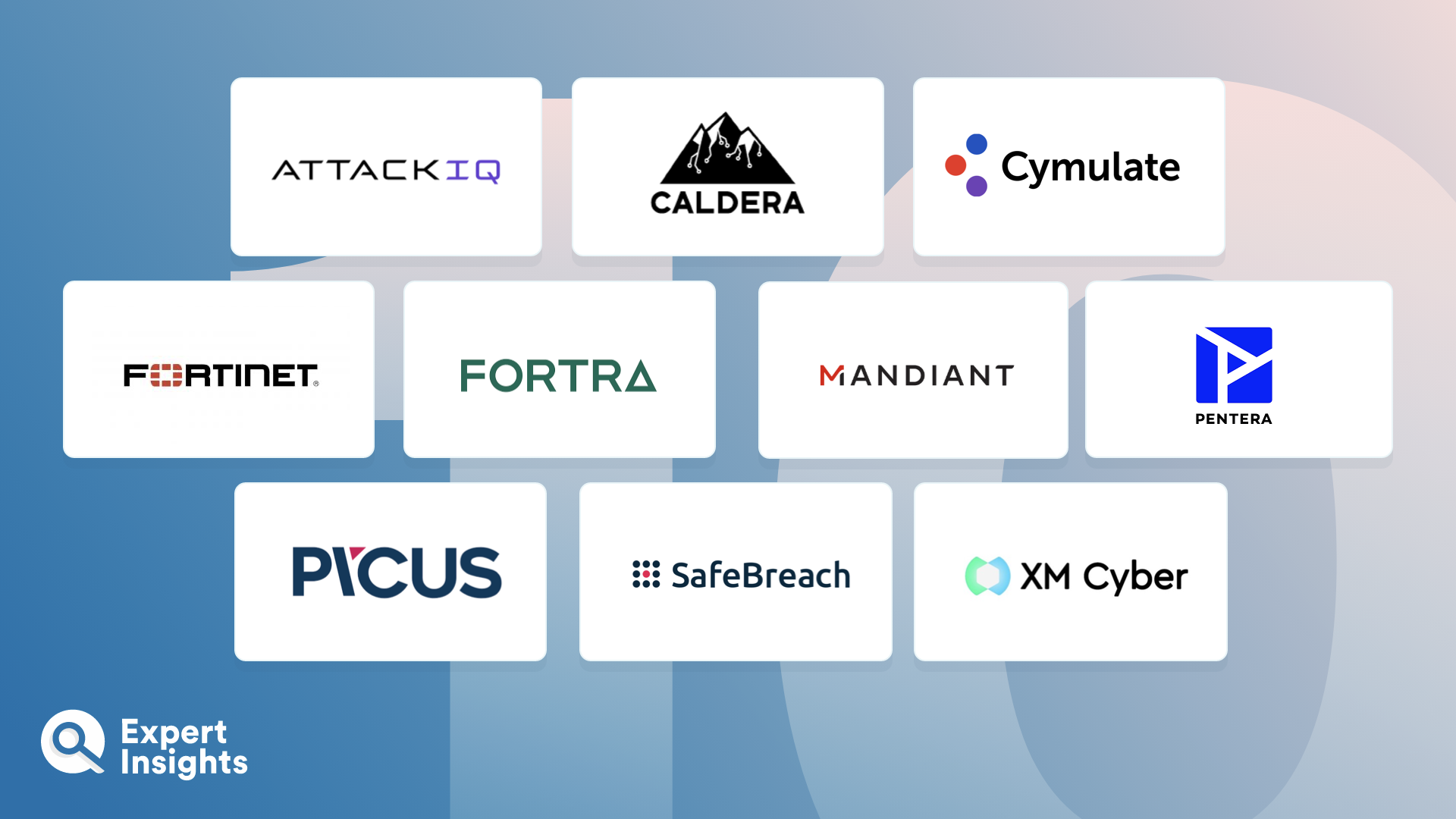Threat simulation platforms have rapidly become a pivotal tool in enhancing cyber resilience and guarding against cyber threats and vulnerabilities in today’s highly digital ecosystem. They do this by offering simulated attacks and vulnerability assessments, thereby aiding organizations in understanding their existing loopholes and how prepared they are to block potential cyber threats. These platforms enable the continuous evaluation of an organization’s security posture and help to identify areas that require improvements or fortification.
With an ever-growing landscape of cyber threats, having a robust threat simulation platform has become an imperative rather than an option. These platforms facilitate a proactive approach to cyber security and can be integrated seamlessly into existing security infrastructures, enhancing their capabilities, and offering a more robust line of defense against cyber adversaries.
Threat simulation platforms operate by mimicking real-world attack scenarios, evaluating the effectiveness of existing security measures, and providing insights into how they can be enhanced. They also offer a platform for training personnel in handling cyber-attacks efficiently, fostering a culture of security awareness within the organization. Moreover, these platforms assist in meeting compliance requirements, helping organizations adhere to industry standards and regulations.
Choosing the right platform for you can be a complex task, given the wide range of options available. This guide aims to simplify the decision process for you by presenting our top choices of the threat simulation platforms on the market today. We have evaluated these platforms based on various parameters including their capabilities, customer feedback, and overall market presence.



